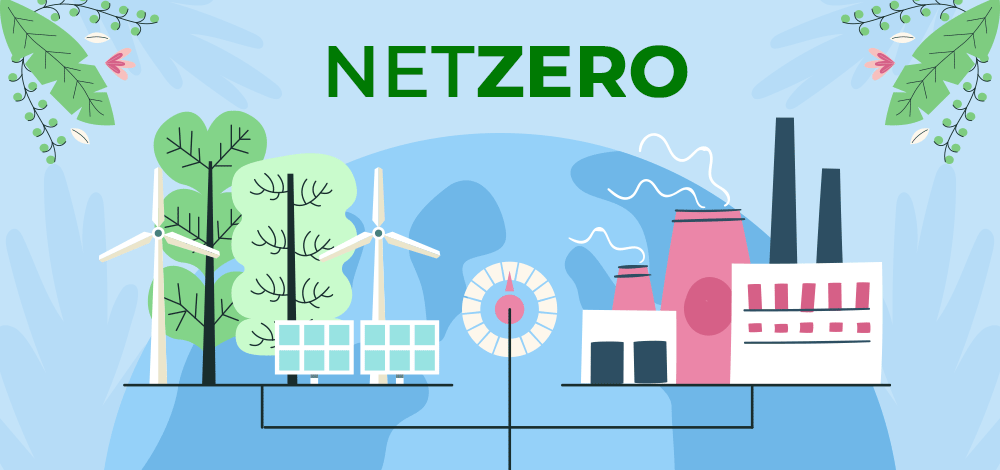Highlights of Arjun’s chat with SustainabilityNext
What is India’s approach to ESG, and do you think there’s a need for change?
India’s approach to ESG has seen a positive step in establishing the comprehensive BRSR framework mandated for the top 1000 listed entities. While the quality of responses varies, they serve as a starting point, and we expect improvements over time.
However, some areas still require attention:
- The BRSR report is submitted in PDF format as part of the annual report, limiting insights and benchmarking. Enhancing the BRSR to store data digitally (e.g. in an XHTML format) would enable effective benchmarking across companies without disclosing client-specific details. In fact, SEBI can make these benchmarks available to the public as an open-source resource.
- Moreover, focusing only on the top 1000 listed entities neglects the importance of engaging smaller firms and suppliers of these more prominent firms in the net zero transition. A lighter version of BRSR for smaller firms could facilitate progress without overwhelming compliance burdens.
- Additionally, while compliance and reporting are essential, market-based mechanisms such as the upcoming carbon market policy slated for implementation by 2026 will play a crucial role, in setting a carbon intensity threshold for sectors. Organizations crossing this threshold will be penalized, and the ones below the threshold will get rewards in some form of incentive. However, the specifics of this policy will determine how much impact it will have.
Where does India stand on achieving its Net Zero target?
India’s current emissions are close to 3 Gt Co2e and there several things need to happen together to bring this to zero by 2070. Firstly, India must rapidly expand its renewable energy capacity, aiming for an increase of 40-50 GW per year. For context, this is much higher than the current rate of less than 10 GW per year. China’s example, installing over 150 GW in 2023, shows it’s feasible, and such efforts will lead to a predominantly renewable energy-based grid over time.
Secondly, it’s vital to encourage the adoption of EVs, particularly in the transportation sector which can significantly reduce emissions. All new sales of cars and two-wheelers should aim to be EVs between 2030-2040, with commercial vehicles following suit thereafter.
In the agricultural sector, which is a major emitter, implementing practices like rice-straw upcycling, dry seeding, and efficient feeding and manure management for livestock can help reduce emissions. Additionally, promoting sustainable alternatives like plant-based protein and millet can make a significant impact.
Improving material circularity practices is another important step. This involves enhancing recycling rates and reducing material waste, which currently contributes to over 25% of India’s emissions. Further, investment in new technologies to ramp up the use of hydrogen as a fuel source and scaling up carbon capture technologies like CCUS bring a major change.
To enable these changes, India needs to perform strategically where Green finance, with approximately $7 trillion needed, requires banks to develop capabilities for assessing risks in new sectors and offering specific propositions for green investments. Moreover, implementing a compliance carbon market is essential to create demand signals, particularly in hard-to-abate sectors, and incentivize investments in innovative technologies like CCUS.
What is KarbonWise’s unique approach to sustainability that sets it apart from traditional SaaS models?
We’re not just another SaaS business as our approach involves close collaboration with clients, from structuring their data to generating insights and action plans. Our focus is on customer success, with technology serving as an enabler where we see ourselves as co-pilots, providing both technology and expertise to guide organizations on their journey.
Secondly, we find that offerings in this space are typically, broad-based without sector specific solutions. We offer sector-specific solutions for construction, pharma, and chemicals. At the same time, we will also opportunistically serve clients in other sectors opportunistically as we have quite a configurable product. Also, we have a strong focus on Scope 3 and supply chain emissions which is where most enterprises need help in measuring emissions.
What is the role of AI and data in driving sustainability efforts?
The role of AI and data in driving sustainability efforts is paramount. KarbonWise leverages technology extensively to simplify and automate the data and analytics surrounding carbon and ESG metrics. The company utilizes cutting-edge data engineering and AI/NLP expertise to integrate data from various sources and automate calculations of carbon emissions (especially scope 3 emissions). Further, a layer of generative AI is under development that will proactively recommend pathways and alternative inputs/levers to reduce carbon footprint.
What is the Impact of Infrastructure Development on Carbon Emissions in India?
In India, the built environment significantly contributes to carbon emissions, accounting for a substantial portion, approximately 25% of total emissions. There are several initiatives in place that set guidelines for operational energy consumption of new projects. While this needs to be expanded to cover a larger percentage of infrastructure developed, the bigger gap to be addressed is to ensure that new projects also minimize embodied carbon.
This refers to emissions associated with the lifecycle of input materials like cement and steel, encompassing processes from raw material extraction to manufacturing and transportation. This oversight represents a critical gap that needs addressing, especially considering that embodied carbon can constitute as much as 30 to 40% of emissions in new projects.
KarbonWise aims to lead the shift in focus towards addressing embodied carbon by providing solutions to quantify and reduce it in construction projects, thereby offering transparency on their environmental impact. To ensure sustainable growth without compromising development, India can prioritize reducing greenhouse gas emissions by promoting sustainable sourcing, adopting low-carbon alternatives, and optimizing material usage in the construction sector. Additionally, implementing regulations mandating lifecycle carbon assessments for construction projects, like regulations in other countries, could prove beneficial.











